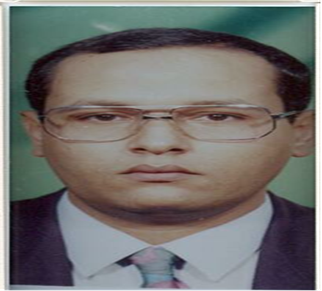Background and study aims
Endoscopic retrograde cholangiopancreatography (ERCP) has become widely available for
diagnosis and treatment of pancreatic and biliary diseases. Pancreatitis is the most common
and serious complication to occur after ERCP resulting in substantial morbidity and occasional
mortality. The aim of this study was to evaluate the potential patient and procedure-related
risk factors for postendoscopic retrograde cholangiopancreatography pancreatitis (PEP) in a
prospective multicenter study.
Patients and methods
Consecutive ERCP procedures were prospectively studied at five centers (two universities,
three private). Data were collected on patient characteristics and endoscopic techniques before
the procedure, at the time of procedure, and 24–72 h after discharge. PEP was diagnosed
and its severity graded according to consensus criteria.
Results
Pancreatitis occurred after 104 (8.9%) of 1162 consecutive ERCP procedures and was graded
mild in 66 (63.5%), moderate in 30 (28.8%), and severe in eight (7.7%) cases. On univariate
analysis, 11 of 18 evaluated variables were found to be significantly associated with PEP.
On multivariate analysis, significant risk factors with adjusted odds ratio (OR) were: difficult
cannulation (OR: 10.2), previous PEP (OR: 8.1), previous pancreatitis (OR: 7.9), at least two
pancreatic duct injections (OR: 3.1), pancreatic duct cannulation (OR: 2.7), difficult stone
extraction (OR: 2.2), and precut sphincterotomy (OR: 1.2).
Conclusion
Technique-related risk factors are probably more numerous and potent than patient-related
ones in determining high-risk p

